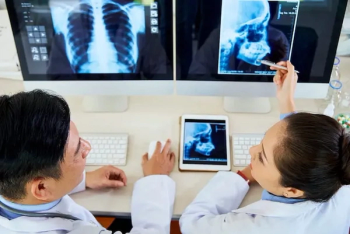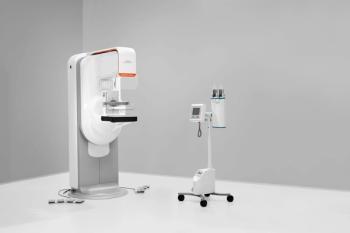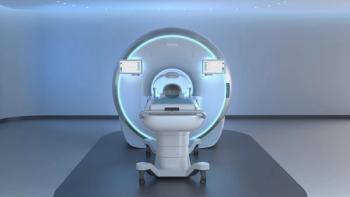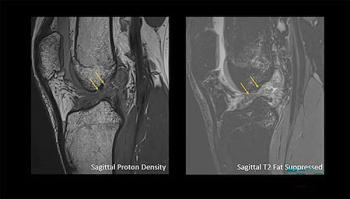
Ultrasound-guided therapy puts pro athletes back in play
Researchers in the U.K. have found that an ultrasound-guided steroid and anesthetic injection can alleviate the pain and disability affecting soccer players with posterior ankle impingement. The minimally invasive treatment could help players recover pain-free mobility and return to the pitch sooner than conventional treatment would allow.
Researchers in the U.K. have found that an ultrasound-guided steroid and anesthetic injection can alleviate the pain and disability affecting soccer players with posterior ankle impingement. The minimally invasive treatment could help players recover pain-free mobility and return to the pitch sooner than conventional treatment would allow.
Soccer players risk several types of injuries. Inversion of the posterior talofibular ligament usually affects players who are tackled while standing in a neutral position. The initial bruising and swelling associated with this lesion may soon disappear, but players may develop posterior ankle pain that makes sprinting, changing direction, or striking the ball extremely painful. These symptoms can keep players from competing and even from training.
"We see many professional athletes with this condition, and we found that the majority of them were showing excellent response to this treatment," said lead investigator Dr. Philip Robinson of St. James University Hospital in Leeds. "We decided to analyze the imaging features and injection results more rigorously for publication."
Robinson and fellow researcher Dr. Steve R. Bollen, an orthopedic surgeon at the Bradford Royal Infirmary, retrospectively reviewed 10 consecutive professional players who underwent MRI followed by sonography-guided injection between 2001 and 2005. These patients had originally sustained an inversion injury of the ankle in the neutral position and subsequently developed posterior talofibular impingement. They tolerated the injection procedure without complications, showed prompt symptom improvement, and were able to return rapidly to competition (AJR 2006;187[1]:W53-58).
The patients had all endured debilitating pain for about a month despite rehabilitation immediately after the initial inversion injury and subsequent treatment with conservative therapy. They underwent clinical examination by an orthopedic surgeon and MRI of the ankle before the physicians applied an ultrasound-guided injection of bupivacaine into the lesion.
All of the patients presented with posterolateral capsule thickening and synovitis involving an intact posterior talofibular ligament. The researchers also found several other minor and sparsely distributed tendon, ligament, and bone lesions.
The patients underwent clinical follow-up for an average time of a little more than two years. All players returned to their previous competitive level within three weeks of injection. Eight players experienced no residual or recurrent symptoms, while two showed recurrence, one at four months and one at six months.
Both players with recurrences underwent repeat ultrasound-guided injection and returned to professional play within three weeks of the second treatment. One subsequently underwent endoscopic resection of the os trigonum and treatment of synovitis during the off season. The second resumed professional activity and remained pain-free for at least five months after the second injection.
The study demonstrated that ankle impingement syndromes, which affect predominantly soft tissue, can respond to the minimally invasive image-guided injection treatment, the researchers said.
"The results of this study mean that patients should have a faster recovery time and may not require arthroscopy," Robinson said.
For more information from the Diagnostic Imaging archives:
Newsletter
Stay at the forefront of radiology with the Diagnostic Imaging newsletter, delivering the latest news, clinical insights, and imaging advancements for today’s radiologists.




























